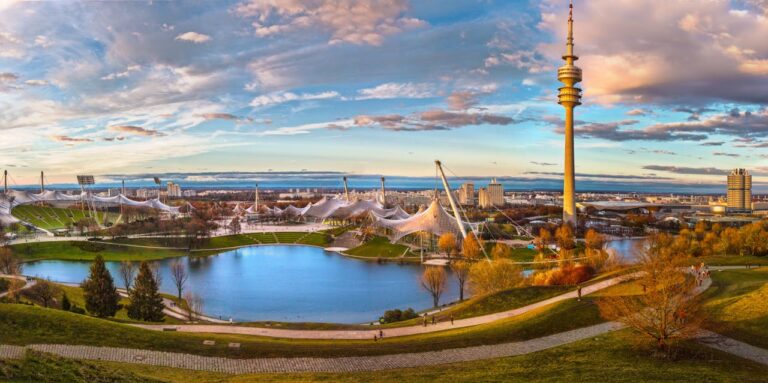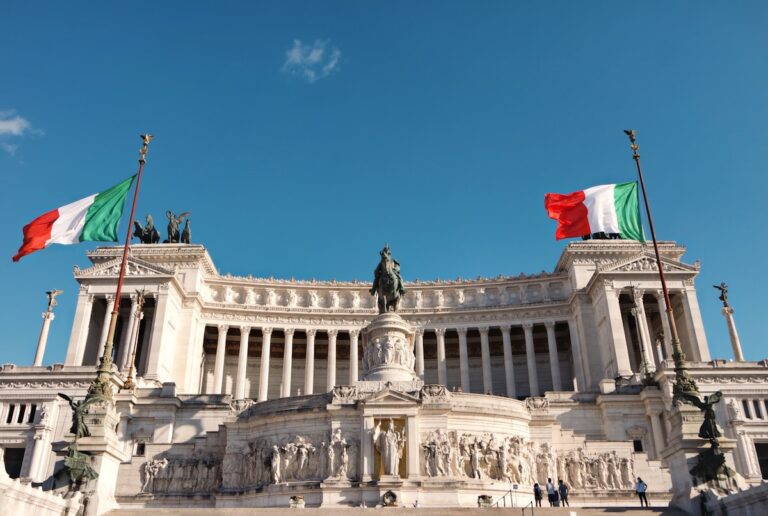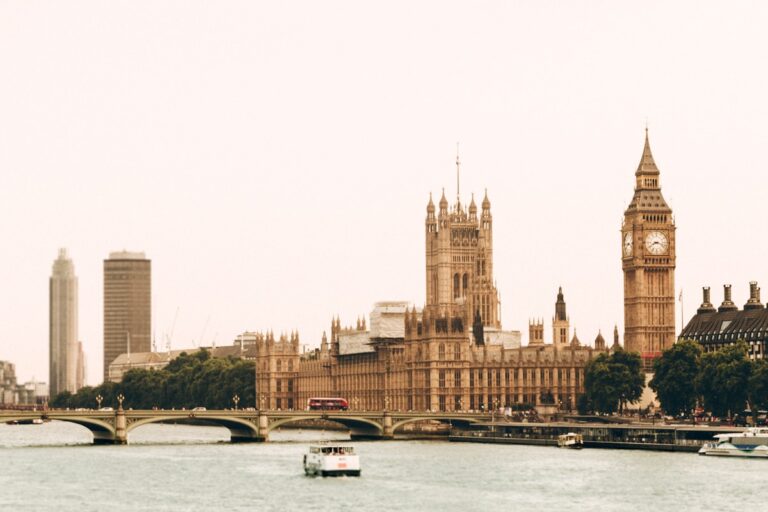Things To Know Before Visiting Amsterdam
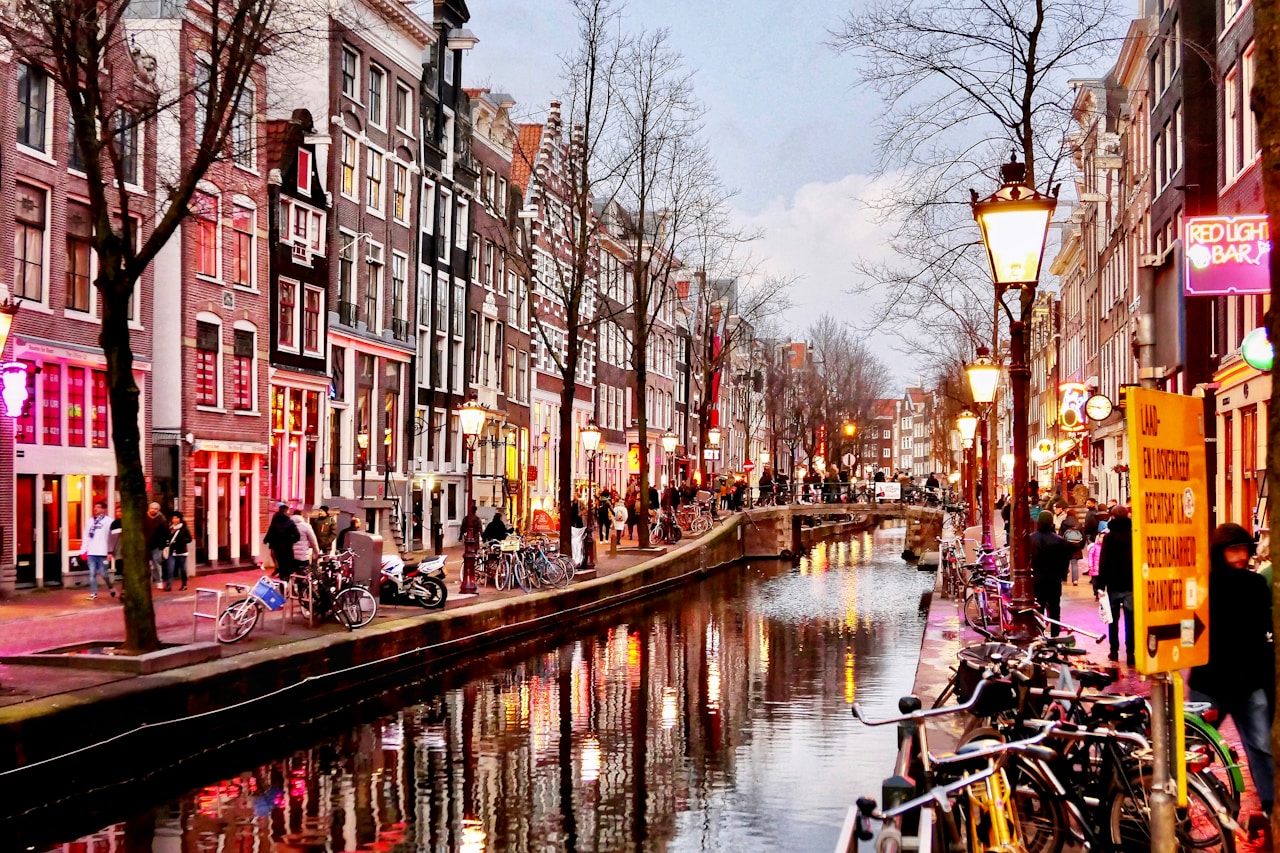
Amsterdam welcomes visitors with picturesque canals, world-class museums, and a cycling culture unlike any European capital.
- Understanding Amsterdam's Identity and Global Reputation
- Safety, Etiquette, and Travel Norms in Amsterdam
- Planning the Right Length for Your Stay
- Seasonal Tips and Weather Expectations
- Getting Around and Staying Connected
- Making the Most of Your Time in Amsterdam
- Cultural Experiences That Define the City
- Wrapping Up
- Most Asked Questions
Tourists should carry an OV-Chipkaart for public transport, respect bike lanes, and understand the direct Dutch communication style.
Four days offers an ideal balance between seeing major attractions and enjoying authentic local experiences. However, for longer stays, travelers can use the AI Nearby Trip Ideas to discover even more places to explore.
From seasonal events like tulip blooms in April to the lively King’s Day celebrations, there’s always something happening that adds depth to any visit.
Key Takeaways:
Hide- Amsterdam has efficient public transportation with the OV‑Chipkaart, but walking or cycling are excellent ways to explore the compact city. 🚶
- The city is among Europe’s safest, but remain vigilant against pickpocketing and avoid walking in bike lanes. 👀
- Four days offers an ideal balance between visiting major museums, exploring canals, and experiencing local culture. 📅
- Weather can be changeable year‑round, so pack layers and waterproof clothing regardless of when you visit. 🌦️
- Dutch culture values direct communication, personal space, and proper etiquette in public spaces including the Red Light District. 🤝
Understanding Amsterdam’s Identity and Global Reputation
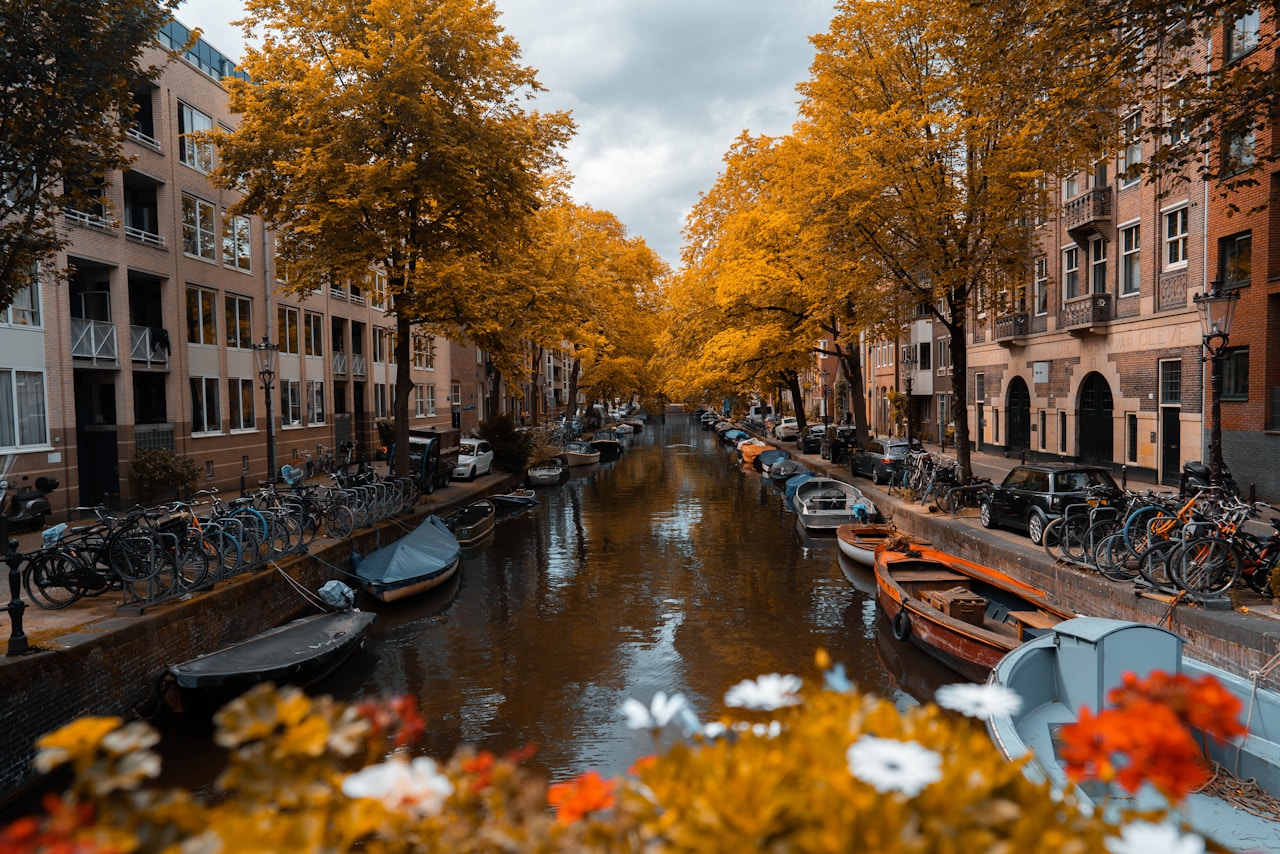
Amsterdam’s rich cultural heritage spans from the Dutch Golden Age’s artistic masterpieces to its progressive social policies that have shaped its modern identity.
First-time visitors are drawn to the city’s picturesque canals, world-class museums housing works by Van Gogh and Rembrandt, and its unique approach to topics often considered taboo elsewhere.
Beyond the stereotypical coffee shops and Red Light District, travelers discover a sophisticated urban center with innovative architecture, lively markets, and a bicycle-friendly atmosphere that rewards exploration.
What Is Amsterdam Known For in Culture and History

Amsterdam’s identity is inextricably linked to its UNESCO-protected canal system, cycling culture that shapes urban planning, and artistic heritage exemplified by Van Gogh and Rembrandt.
The city’s progressive reputation stems from its centuries-old tradition of tolerance, manifested through pioneering social policies regarding personal freedoms.
These distinctive elements continue to define Amsterdam’s character, attracting millions of visitors who experience a unique urban landscape where historical preservation and forward-thinking coexist.
Canals, Bicycles, Art, and Liberal Attitudes
Nestled at the heart of Dutch identity, the iconic network of canals that weave through Amsterdam represents just one facet of this multidimensional city’s global reputation.
When visiting Amsterdam, travelers encounter a bicycle-dominated landscape, world-class art museums housing Dutch masters, and famously liberal attitudes toward cannabis and sexuality, elements that have collectively shaped Amsterdam’s culture into one synonymous with both historical richness and progressive freedom.
How These Elements Shape the City Today
Today’s Amsterdam stands as a living museum where historical elements and progressive values continue to evolve and shape the city’s distinct character.
When traveling to Amsterdam, visitors encounter this unique fusion everywhere, from cannabis cafés nestled alongside centuries-old canals to world-class museums showcasing Dutch masters.
Amsterdam safety benefits from this balanced approach, creating lively neighborhoods where to go in Amsterdam for authentic experiences.
Is Amsterdam Worth Visiting for First-Time Travelers

Amsterdam offers a distinctive blend of historical charm and progressive culture that particularly appeals to art enthusiasts, architecture buffs, and those seeking liberal social environments.
The city’s unparalleled canal system, world-class museums housing Rembrandt and Van Gogh masterpieces, and bicycle-friendly infrastructure create an experience unlike any other European capital.
First-time travelers will find Amsterdam’s compact size navigable while its multilingual population makes it exceptionally accessible for international visitors.
Who Will Enjoy the City Most
Travelers with an open mind and appreciation for both historical charm and progressive culture will find Amsterdam most rewarding.
Art enthusiasts, cyclists, history buffs, and culinary explorers thrive here. Those considering travel to Amsterdam should know that August crowds require patience.
Is Amsterdam worth visiting? Absolutely, allocate four to five days to experience its multifaceted identity without rushing.
Unique Features That Set Amsterdam Apart
The floating cityscape of Amsterdam distinguishes itself through a combination of distinctive features found nowhere else in the world.
Its intricate canal system, bicycle culture, progressive policies, and architectural harmony create an environment where visitors can safely explore historic and modern attractions.
Whether spending three days or a week, Amsterdam remains consistently safe to visit year-round, with unique seasonal offerings in March and April.
Safety, Etiquette, and Travel Norms in Amsterdam

Amsterdam ranks among Europe’s safest cities for tourists, with low violent crime rates though visitors should remain vigilant about petty theft in crowded areas.
Tipping culture differs from North American norms, with 5-10% considered generous when service is good, while many locals simply round up the bill.
Dutch culture values directness and privacy, so travelers should respect personal space, avoid photographing residents without permission, and understand that the famous “gedoogbeleid” (tolerance policy) doesn’t mean all behaviors are socially acceptable.
Is Amsterdam Safe To Visit for Tourists
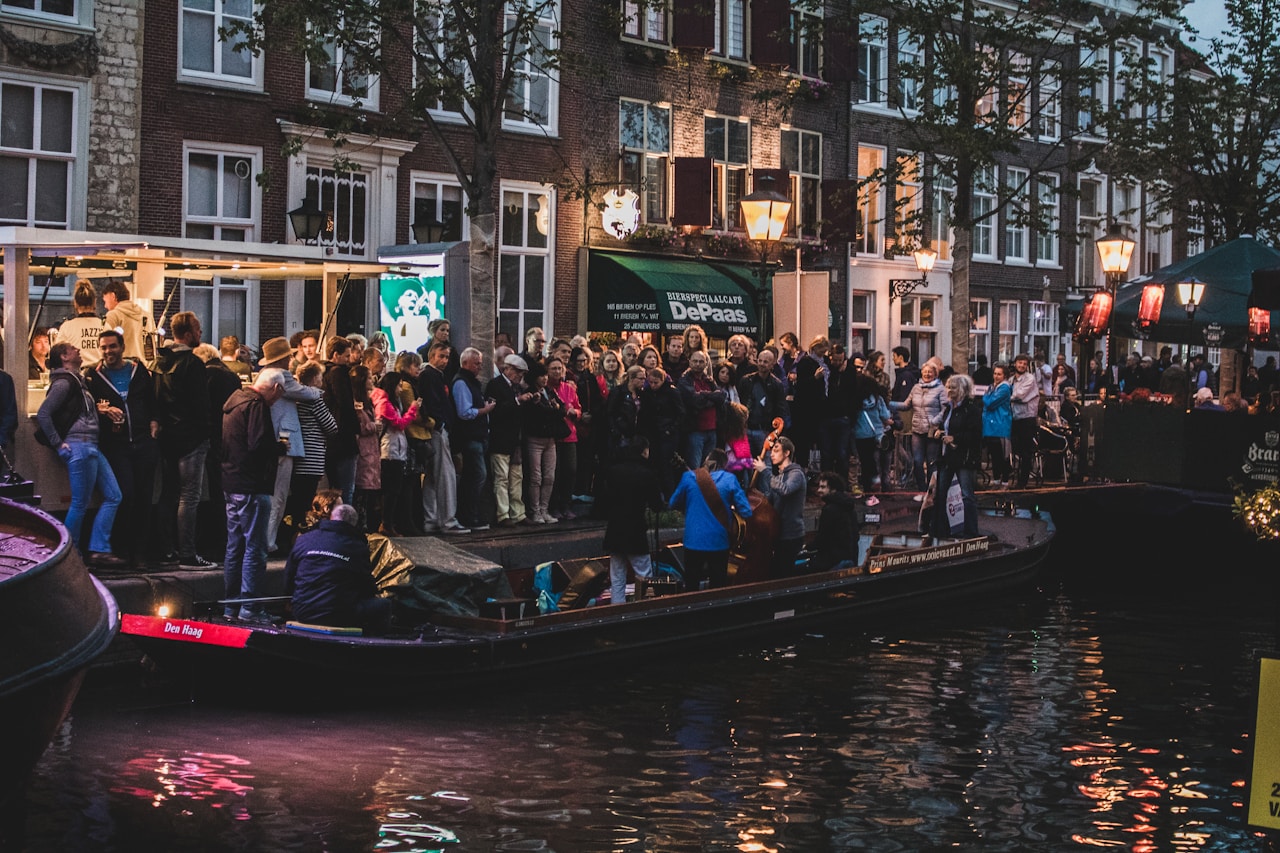
Amsterdam’s reputation as a safe destination can be verified by most visitors, though tourists should remain vigilant about common scams like fake taxi services and ticket reselling schemes.
Steering through the city after dark is generally secure in central areas like Jordaan, De Pijp, and the Museum District, where well-lit streets and active nightlife contribute to a safe atmosphere.
Visitors should exercise standard precautions such as keeping valuables secure and staying aware of their surroundings, particularly in crowded tourist areas like Dam Square and the Red Light District.
Common Scams and How to Avoid Them
While most Dutch people are honest and welcoming, visitors should be aware of several common scams targeting tourists in Amsterdam.
These include fake ticket sellers outside attractions, unlicensed taxis charging exorbitant fares, and pickpockets in crowded areas.
Regarding tipping in Amsterdam, do you tip in Amsterdam? It’s appreciated but not mandatory, with 5-10% being sufficient for good service.
Neighborhoods That Feel Secure at Night
When exploring Amsterdam after dark, visitors often wonder which neighborhoods offer the best balance of lively nightlife and security.
Jordaan, De Pijp, and the Canal Belt remain well-lit and populated even late at night. The Museum Quarter provides tranquil evening strolls, while Leidseplein and Rembrandtplein buzz with monitored activity.
Central Station area maintains police presence, making it surprisingly secure despite its bustling nature.
Tipping In Amsterdam: What Visitors Should Know
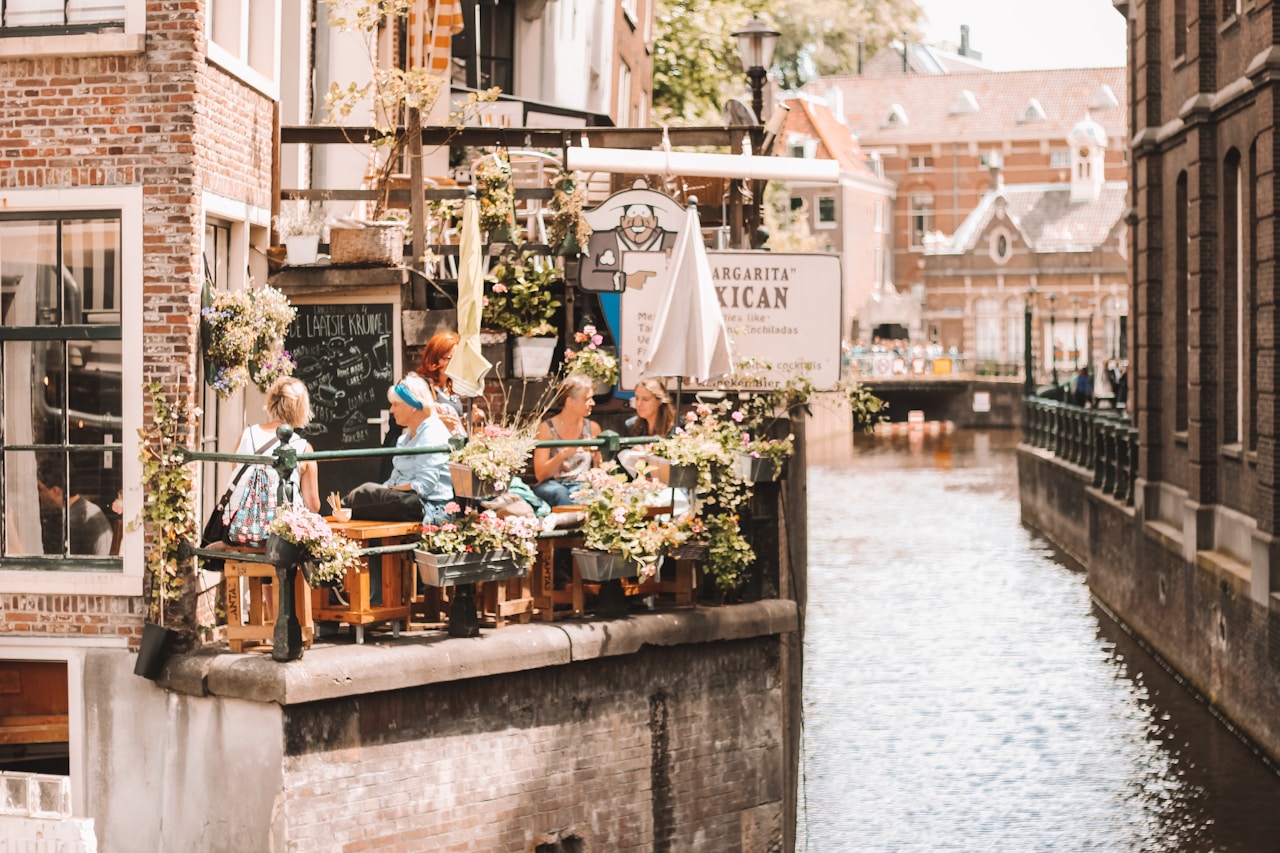
Unlike the mandatory tipping culture in countries like the United States, Amsterdam follows a more relaxed approach where service charges are often included in the bill.
In restaurants and cafés, rounding up the bill or leaving 5-10% for exceptional service is appreciated but never explicitly expected.
Locals typically round up to the nearest euro for small purchases like coffee, while adding a few euros for larger meals represents a generous gesture rather than an obligation.
Do You Tip In Amsterdam Restaurants and Cafés
Tourists often wonder about tipping practices when dining in Amsterdam, as customs differ considerably from North America and other parts of Europe.
In Amsterdam restaurants and cafés, service charge is typically included in the bill. While tipping isn’t mandatory, rounding up the bill or leaving 5-10% for exceptional service is appreciated but never expected.
When It’s Expected and When It’s Optional
Understanding the nuances of when tipping is expected versus optional helps visitors navigate Amsterdam’s service culture with confidence.
In upscale restaurants with attentive table service, a 5-10% tip is appreciated. However, at casual cafés, bars, and takeaway spots, tipping is entirely optional, Dutch locals often simply round up the bill or leave small change as a gesture of satisfaction.
Local Etiquette and Cultural Behavior to Be Aware Of
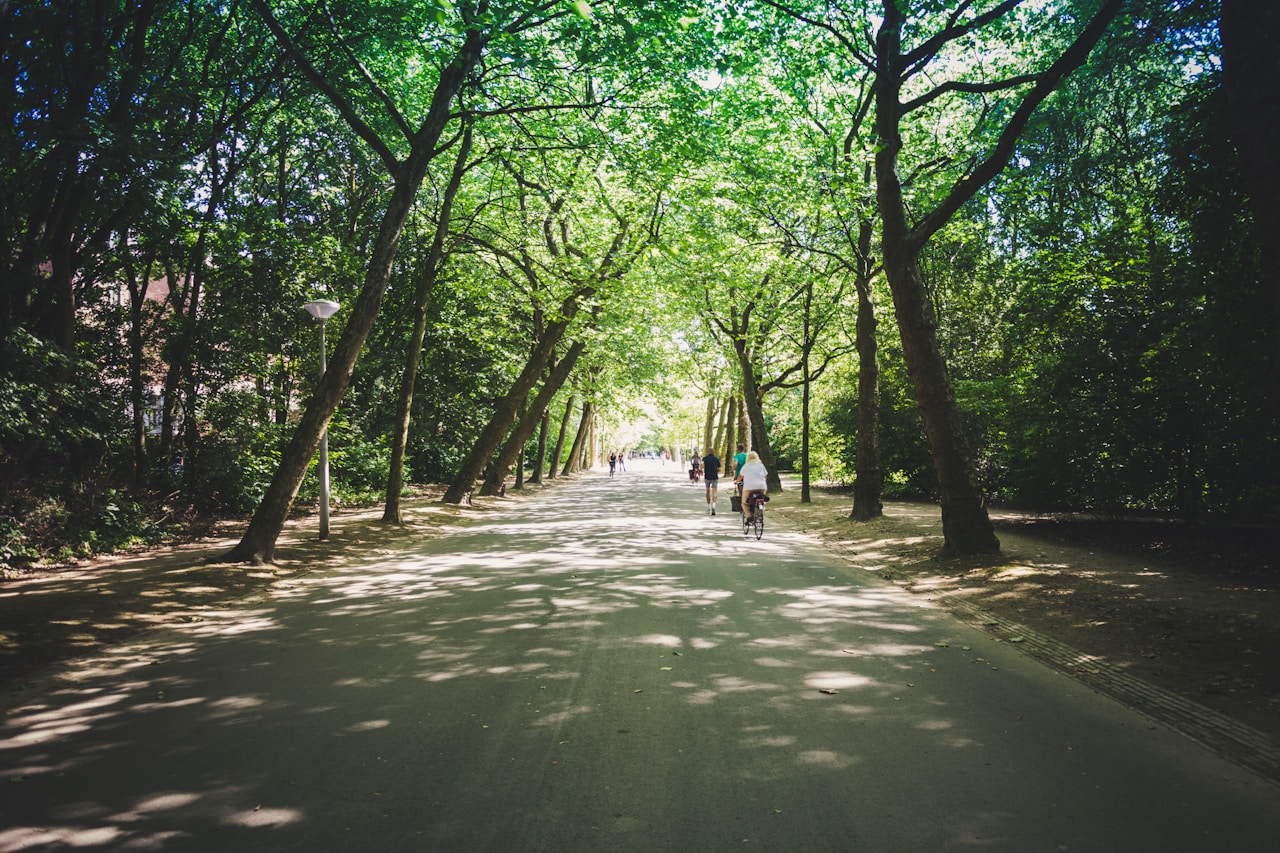
Amsterdam has a strong biking culture that prioritizes cyclists, so visitors should never walk in bike lanes and must remain vigilant when crossing streets.
Public spaces are treated with respect by locals, who expect tourists to follow suit by keeping noise levels down, properly disposing of trash, and not blocking narrow sidewalks or entrances.
Understanding local customs such as direct communication, punctuality, and the Dutch preference for privacy will enhance interactions and create a more authentic Amsterdam experience.
Biking Rules and Sidewalk Etiquette
Maneuvering Amsterdam’s intricate web of bike lanes and pedestrian walkways requires understanding three essential rules that locals follow instinctively.
First, never walk in bike lanes, marked by white bicycles painted on the ground. Second, yield to cyclists, as they have right-of-way in most situations. Third, listen for bicycle bells, this vital warning signal means move aside immediately.
Respecting Public Spaces and Local Customs
Much like navigation in the city requires awareness of physical space, Dutch social culture demands similar attentiveness to shared environments and community norms.
Amsterdam residents value cleanliness, quietness in residential areas, and respect for privacy.
Visitors should avoid photographing people in the Red Light District, moderate noise levels after dark, and refrain from public intoxication.
Littering is frowned upon, and cannabis consumption belongs in coffeeshops, not public spaces.
Planning the Right Length for Your Stay
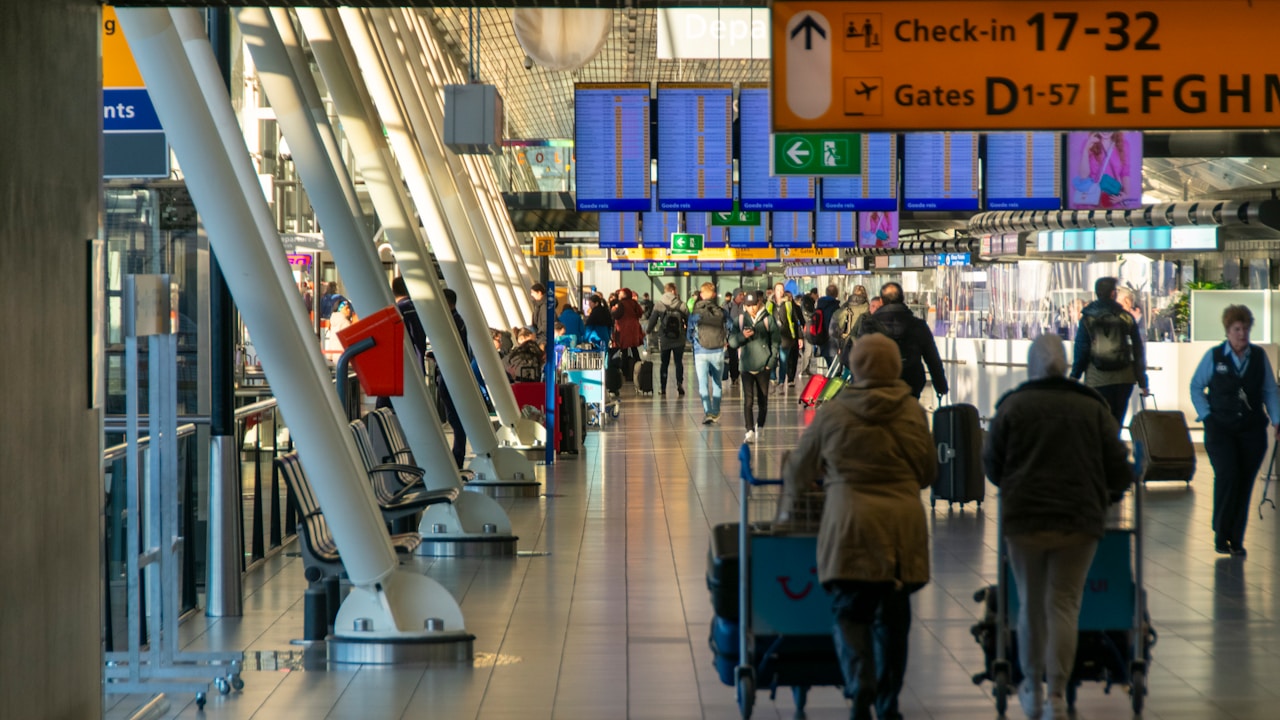
Determining the ideal duration for an Amsterdam visit depends largely on travelers’ specific interests and exploration style.
Most visitors find that three to four days provides sufficient time to experience the city’s major museums, canal districts, and cultural highlights.
Those with specialized interests in art, history, or nearby excursions might benefit from extending their stay to a week, allowing for unhurried exploration of both popular attractions and hidden gems.
How Many Days Do You Need In Amsterdam for a Good Experience

Visitors planning their Amsterdam experience face the common dilemma of determining the ideal length of stay to fully enjoy this canal-laden city.
Short trips of 2-3 days allow for exploring the essential highlights like the Van Gogh Museum and Anne Frank House, while extended visits of 5-7 days offer opportunities to incorporate day trips to nearby Utrecht or Rotterdam.
The right duration ultimately depends on travel pace and specific interests, with most travelers finding that 4 days provides a satisfying balance between seeing major attractions and experiencing local culture.
Sample Itineraries Based on Trip Length
An ideal Amsterdam experience requires thoughtful planning based on the length of your stay. Different durations allow for varied explorations of the city’s rich cultural tapestry:
- 1-2 days: Focus on canal belt, Rijksmuseum, and Anne Frank House
- 3-4 days: Add Vondelpark, NDSM, and neighborhood wandering
- 5-7 days: Incorporate day trips to Utrecht, Haarlem, or Zaanse Schans
- Week+: Deeper immersion with local festivals and hidden gems
Benefits of Short vs. Extended Visits
The ideal duration of an Amsterdam visit depends largely on personal travel goals and interests.
Short stays of 2-3 days allow travelers to experience iconic highlights, Dam Square, Anne Frank House, and canal cruises.
Extended visits of 5+ days enable deeper cultural immersion, day trips to nearby cities like Utrecht or Rotterdam, and the luxury of experiencing Amsterdam’s rhythms beyond tourist pathways.
How Long To Spend In Amsterdam Based on Interests
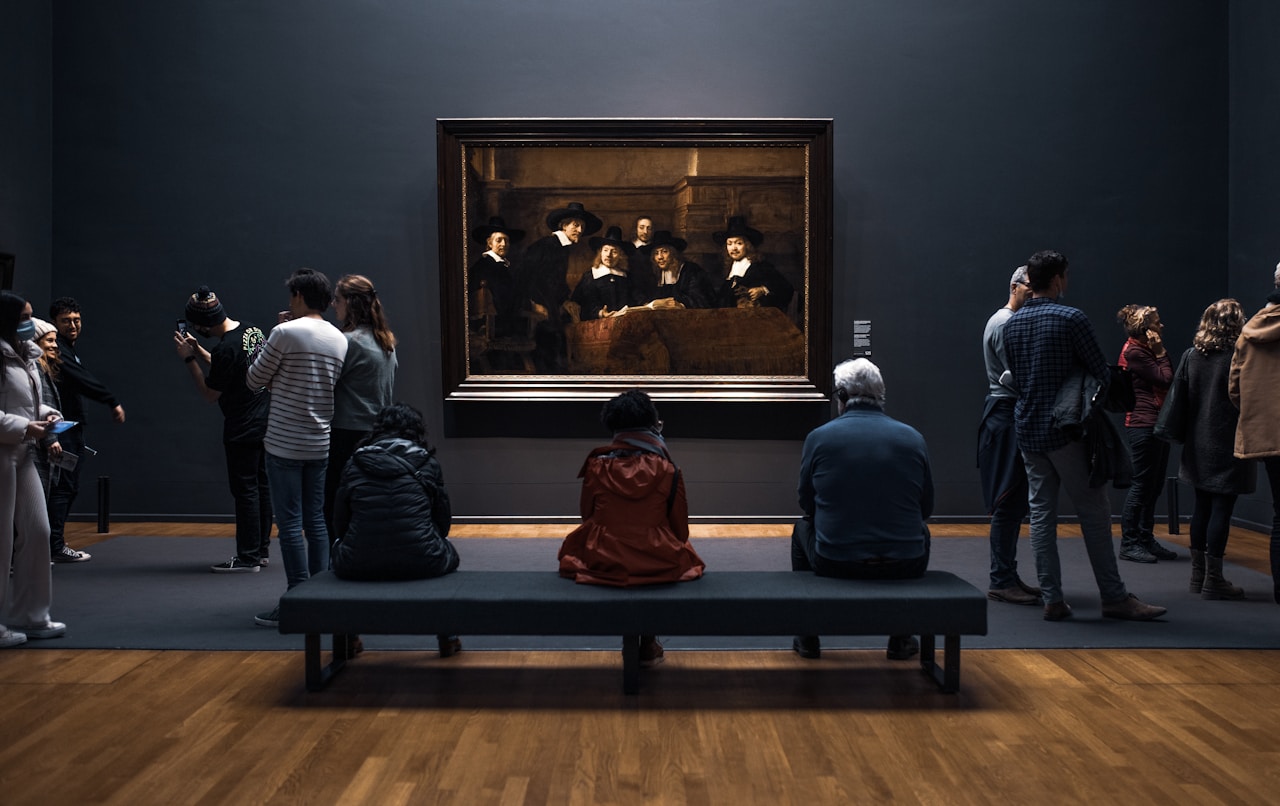
Amsterdam’s duration recommendations vary widely based on travelers’ primary interests, with museum enthusiasts needing at least three days to appreciate the Rijksmuseum, Van Gogh Museum, and Anne Frank House without feeling rushed.
Nature seekers might extend their stay to explore Vondelpark, take canal cruises, and venture to nearby flower fields during tulip season.
Food connoisseurs should plan for additional time to sample Dutch specialties, visit local markets like Albert Cuyp, and consider day trips to cheese-making towns like Gouda or the windmills of Zaanse Schans.
Museum Lovers, Nature Seekers, and Food Enthusiasts
Whether you’re captivated by Dutch masters, enchanted by tulip gardens, or drawn to stroopwafel aromas wafting through markets, your personal interests should dictate your Amsterdam itinerary length.
- Museum enthusiasts should allocate 3-4 days to fully appreciate the Rijksmuseum, Van Gogh Museum, and smaller galleries.
- Nature lovers need 2-3 days to explore Vondelpark and seasonal excursions to nearby flower fields.
- Culinary travelers require 2-3 days for food markets, Dutch specialties, and diverse neighborhoods.
- Architecture aficionados benefit from 2-3 days examining canal houses and contemporary designs.
Day Trips to Consider from Amsterdam
While Amsterdam itself offers countless attractions, the surrounding Dutch countryside and neighboring cities present equally compelling experiences worth extending your stay for.
Zaanse Schans showcases traditional windmills, while Utrecht charms with canal-side cafés.
Rotterdam impresses with modern architecture, and Keukenhof Gardens (spring only) dazzles with technicolor tulip displays.
The Hague offers cultural sites alongside seaside relaxation at Scheveningen.
Seasonal Tips and Weather Expectations
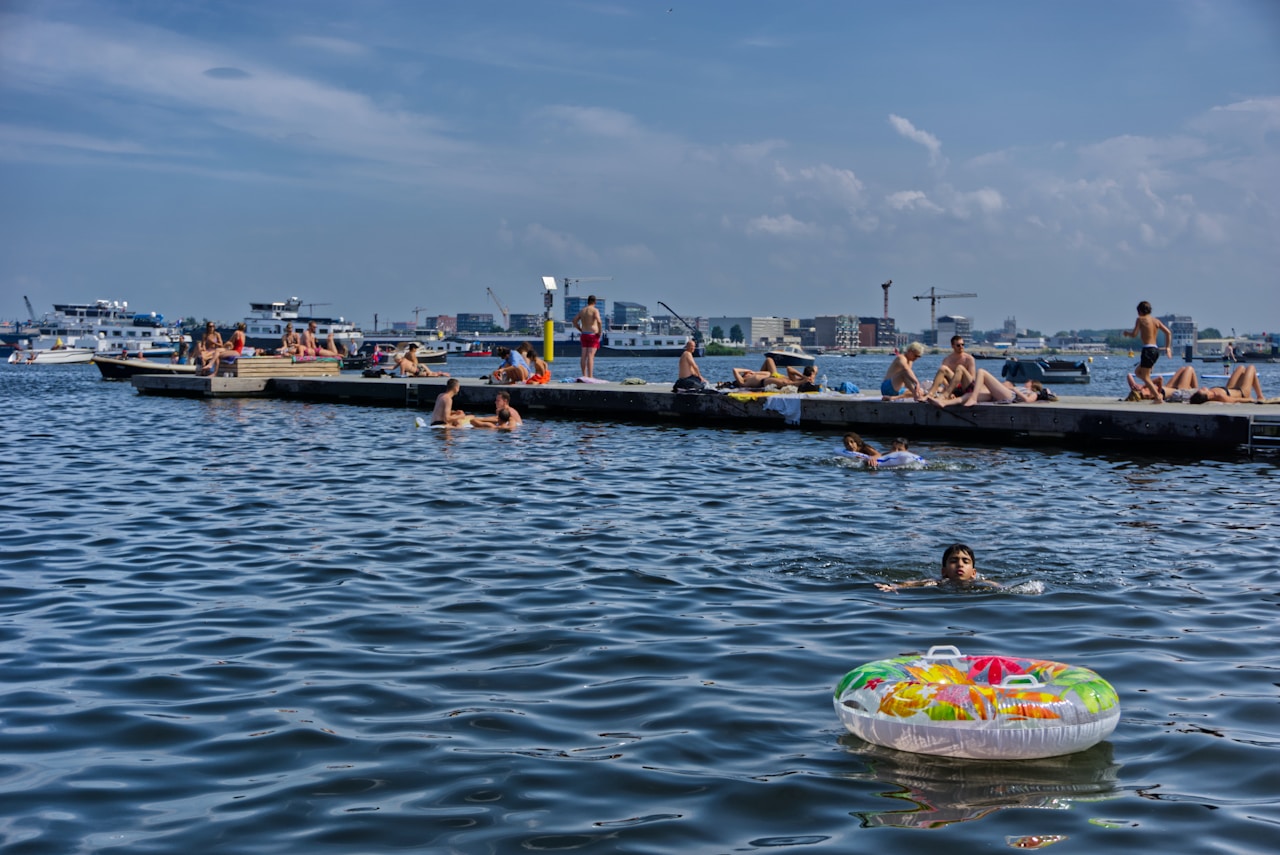
The best time to visit Amsterdam often depends on personal preferences regarding the season and weather.
With March bringing early spring blooms to Vondelpark and the first possibility of canal-side café seating.
April showcases the city at its most iconic as nearby Keukenhof’s tulips reach their peak and King’s Day fills streets with lively orange celebrations.
August offers warm temperatures perfect for swimming at urban beaches like Blijburg, though travelers should prepare for larger crowds at major attractions and occasional summer showers.
What To Expect From Amsterdam In March

Amsterdam in March marks the change from winter to early spring, with temperatures hovering between 4-10°C (39-50°F) and occasional rain showers punctuating clearer days.
Visitors should pack waterproof jackets, scarves, and layers to prepare for indoor cultural experiences at museums and cafés, as well as outdoor explorations when the weather permits—using Travel Packing List feature can help streamline the process and ensure nothing essential is forgotten.
As tulip season begins to emerge at places like Keukenhof Gardens (opening late March) and crowds remain thinner than summer months, March offers a balanced Amsterdam experience with lower accommodation rates and increasingly longer daylight hours.
Weather Patterns and Types of Activities
When planning a March visit to Netherlands‘ capital, travelers should prepare for the city’s changing spring weather patterns.
March typically brings temperatures ranging from 2-10°C (35-50°F) with occasional rainfall.
- Museums and galleries provide perfect shelter during unexpected showers
- Outdoor cafés start opening terraces on sunny days
- Bike tours become increasingly viable as daylight hours extend
- Early spring flowers begin emerging in parks and gardens
What to Pack and Where to Go in Amsterdam in Early Spring
As March brings Amsterdam to life with early spring’s whispers, visitors should pack versatile clothing suitable for the city’s notoriously changeable weather conditions.
Layers are essential: waterproof jackets, scarves, and comfortable walking shoes.
Early spring offers uncrowded access to museums like the Rijksmuseum, while Keukenhof’s first tulips begin their colorful display just outside the city.
Things To Do In Amsterdam In April

April reveals Amsterdam’s iconic tulip season, drawing visitors to Keukenhof Gardens and the city’s various outdoor festivals celebrating spring’s arrival.
The weather grows increasingly pleasant, with temperatures typically ranging from 45-60°F (7-15°C), making it ideal for exploring local markets like the Albert Cuyp or Noordermarkt where seasonal Dutch specialties emerge.
Vondelpark and Amstelpark transform with blooming flowers, offering picturesque settings for leisurely strolls and picnics among locals enjoying the first reliable sunshine of the year.
Tulip Season and Outdoor Events
Spring heralds the iconic tulip season in Amsterdam, transforming the city and its surroundings into a lively tapestry of colors.
- Keukenhof Gardens opens with over seven million tulips in bloom.
- Canal-side festivals celebrate seasonal rebirth with music and art.
- Outdoor markets expand their offerings with fresh flowers and local produce.
- Bicycle tours to surrounding flower fields become especially popular.
Local Markets and Park Strolls
Where better to experience Amsterdam’s lively renewal than its bustling local markets and verdant parks?
April transforms Noordermarkt and Albert Cuyp into dynamic showcases of Dutch culture, with vendors offering fresh produce and artisanal goods.
Meanwhile, Vondelpark and Westerpark burst into colorful displays as locals emerge from winter, spreading blankets for impromptu picnics and cultural gatherings beneath April’s warming sun.
Visiting Amsterdam In August
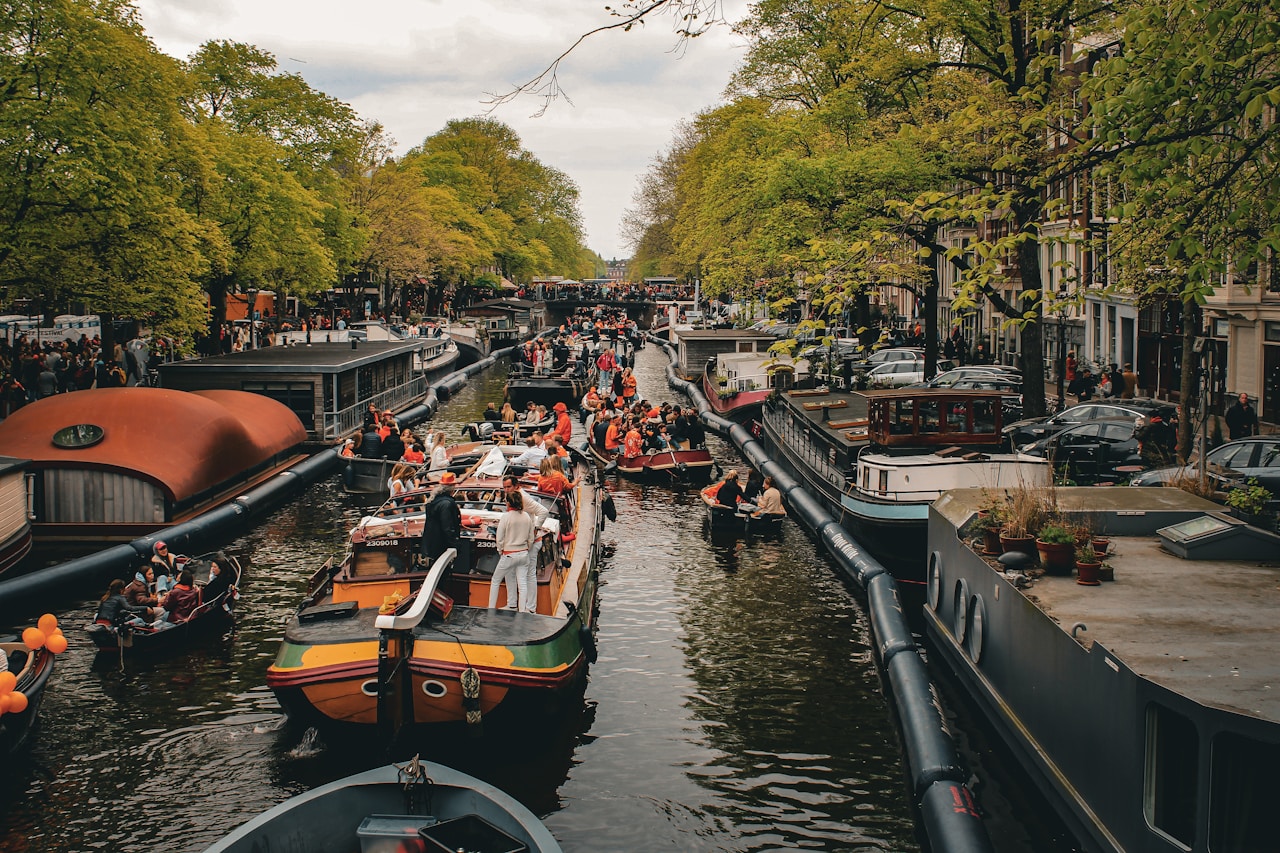
August brings warm temperatures averaging 22°C (72°F) to Amsterdam, along with the year’s largest tourist crowds filling the city’s iconic canals and museums.
Visitors can experience lively cultural events like Pride Amsterdam with its famous Canal Parade, the Grachtenfestival (Canal Festival) featuring classical music performances on boats, and the Uitmarkt cultural festival that marks the beginning of the cultural season.
Despite the bustling atmosphere, summer evenings offer extended daylight hours perfect for enjoying Amsterdam’s outdoor terraces and parklands after a day of sightseeing.
Amsterdam Weather and Crowds in Late Summer
The late summer months in Amsterdam bring a unique blend of warm temperatures, periodic rainfall, and the city’s peak tourist season.
Here are some things to do in Amsterdam, especially in August, when the city is at its liveliest—though also at its most crowded:
- Temperatures hover between 15-23°C (59-73°F), perfect for canal cruises
- Sudden rain showers common; pack a light waterproof jacket
- Major attractions have 30-60 minute wait times
- Locals often vacation, creating an international atmosphere
Festivals and Events Around the City
While summer temperatures peak, Amsterdam transforms into a festival paradise during August, offering visitors an extraordinary cultural calendar that rivals any European destination.
From the lively Pride celebrations painting canals with rainbow colors to the immersive Grachtenfestival showcasing classical performances on waterways, Amsterdam pulses with artistic energy.
The outdoor film screenings at Pllek and Vondelpark’s free concerts add perfect evening entertainment.
Getting Around and Staying Connected
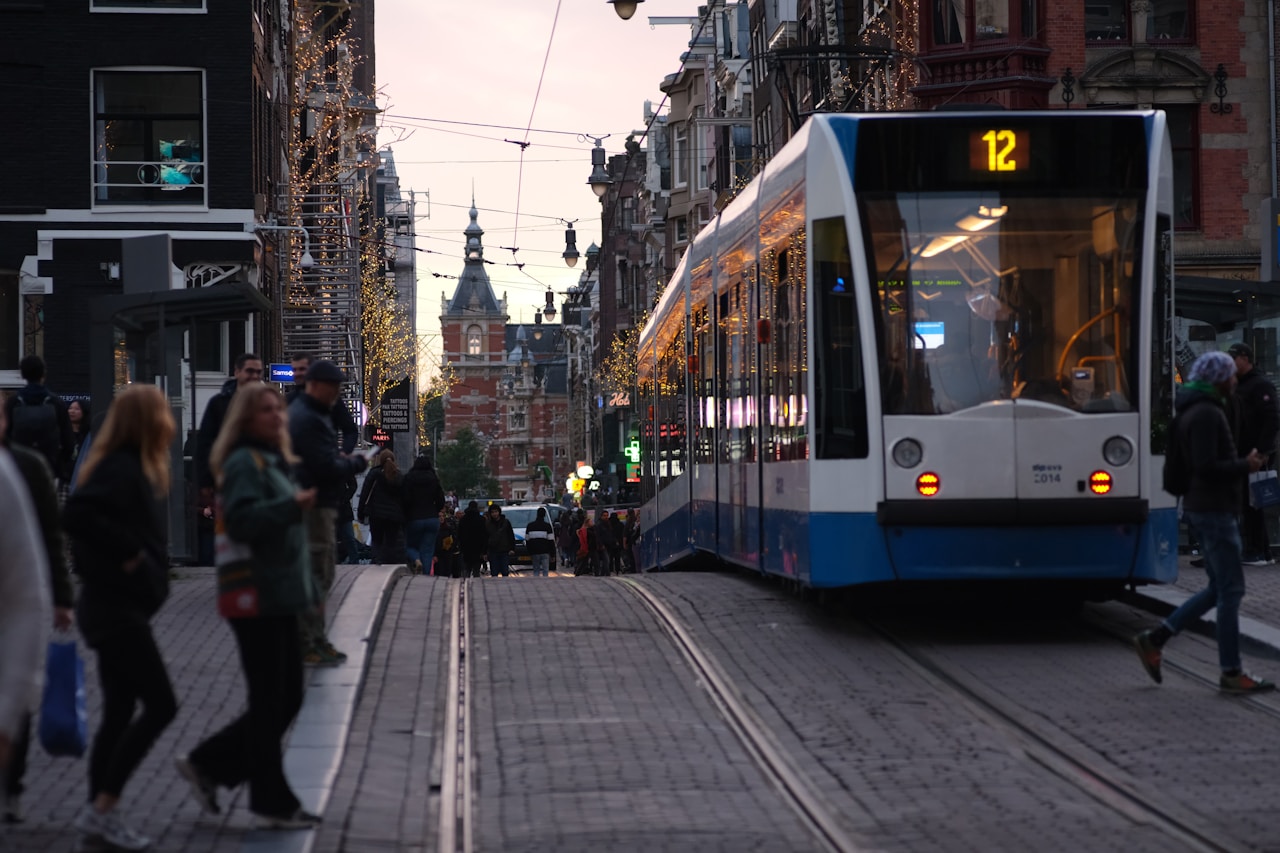
Amsterdam offers exceptional transportation options for visitors, from international train connections to its extensive network of trams, metros, and buses within the city.
First-time travelers should consider purchasing an I Amsterdam City Card or OV-Chipkaart for unlimited access to public transport while exploring the canal-lined streets.
Renting a bicycle provides an authentic Dutch experience, though newcomers should familiarize themselves with local cycling etiquette and rules before joining the thousands of cyclists maneuvering through the city.
How to Travel To Amsterdam and Around the City
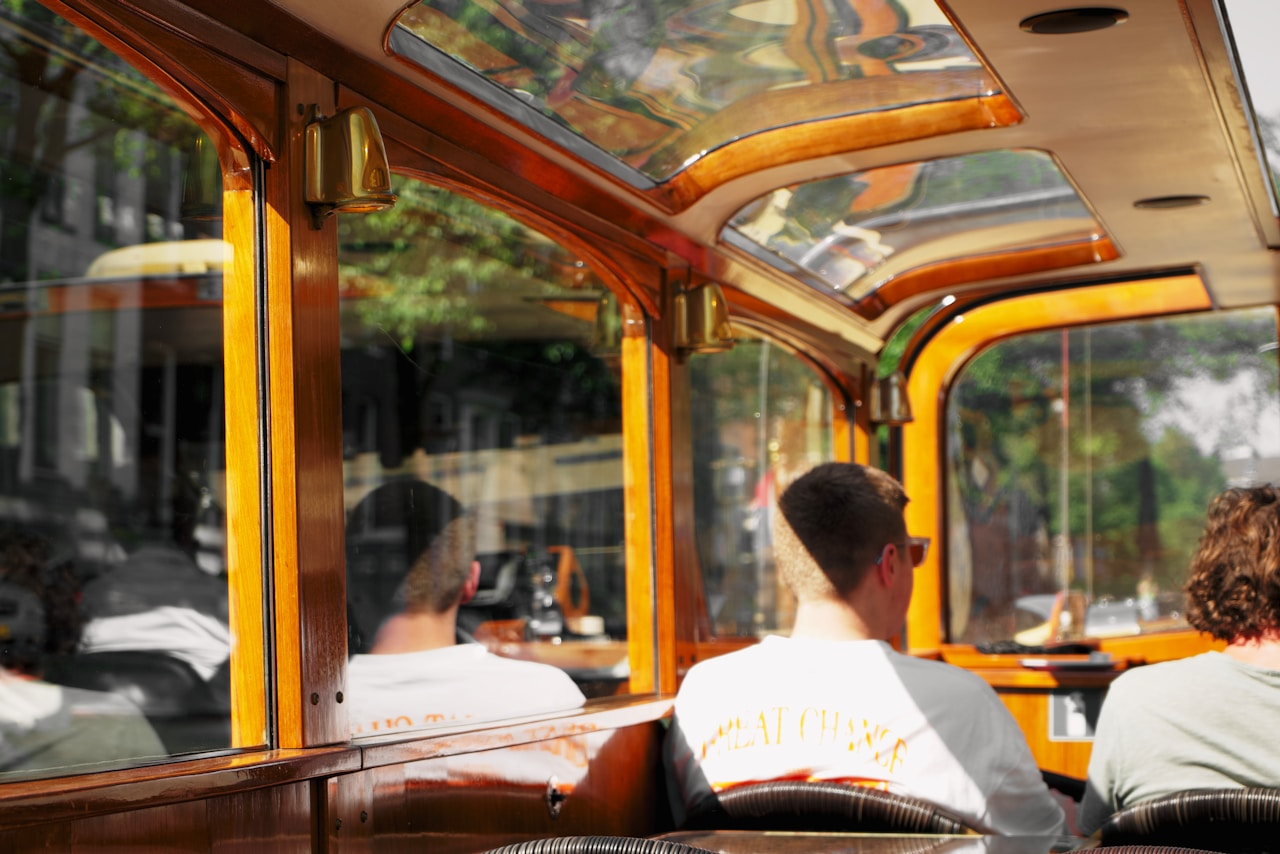
Amsterdam offers visitors multiple transportation options, with the city’s efficient public transit network of trams, buses, and metros accessible through single tickets or multi-day passes.
Bicycles reign as the preferred local mode of transport, with numerous rental shops offering daily or weekly rates for tourists wanting to experience the city like a resident.
While the compact city center can be easily navigated on foot, cycling provides the dual benefit of covering more ground while experiencing Amsterdam’s distinctive cycling culture.
Public Transportation Overview and Ticket Options
Maneuvering Amsterdam’s extensive public transportation network is remarkably straightforward, with interconnected trams, metros, buses, and ferries efficiently serving the entire city.
- The OV-chipkaart serves as the standard payment method across all transit options.
- 24/72-hour Amsterdam Travel Tickets offer unlimited rides for tourists.
- Night buses operate after regular service hours for late explorers.
- Free ferries transport cyclists and pedestrians across the IJ river.
Renting Bicycles vs. Walking the City Center
Why choose between biking and walking when both offer uniquely authentic Amsterdam experiences?
Cycling provides efficiency and a local perspective on the city’s renowned bike culture. Rent bikes from numerous shops (€10-15 daily) but respect bike etiquette, Amsterdam has strict cycling rules.
Meanwhile, walking allows intimate exploration of narrow canal streets and hidden gems that cyclists might miss.
Amsterdam Travel Tips for First-Time Visitors
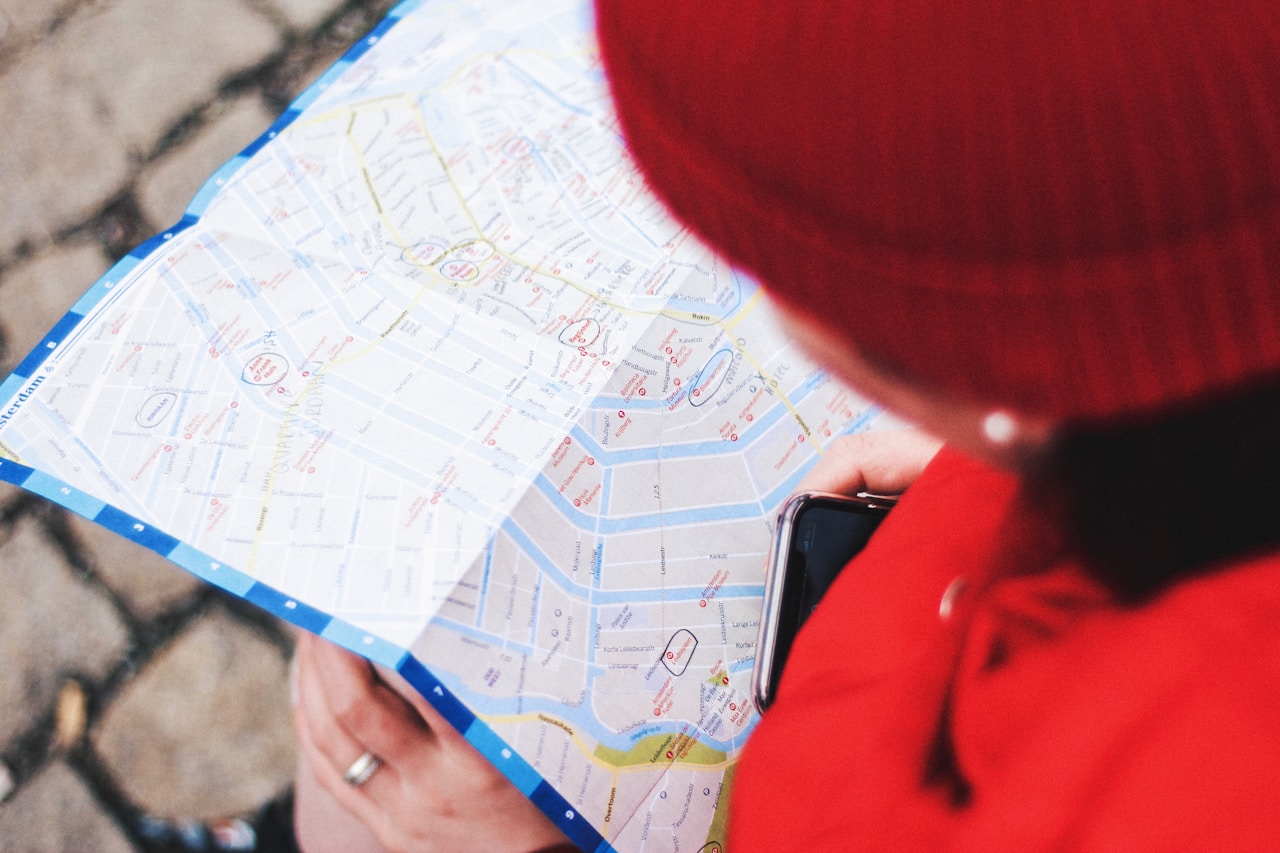
Maneuvering Amsterdam’s extensive transit system becomes considerably easier with the help of mobile apps like 9292 and Google Maps, which provide real-time updates on trams, buses, and metro lines.
Online travel guides for Amsterdam are widely accessible these days. However, one of the easiest things first-time visitors can do is download the GVB app to purchase digital tickets and access transit maps that clearly highlight tourist attractions near transit stops.
Staying connected is simple with widespread free Wi-Fi in public spaces and affordable temporary SIM cards available at Schiphol Airport or any mobile provider shop in the city center.
Navigating Transit Maps and Schedules
Amsterdam’s public transit system may initially appear complex, but it offers one of Europe’s most efficient networks once understood.
The integrated system of trams, buses, metros, and ferries connects the entire city with surrounding areas.
- Download the GVB app for real-time schedules and route planning
- Purchase the OV-chipkaart for seamless transfers between transit modes
- Ferry services across the IJ are completely free
- 24/7 night buses replace trams after midnight
Apps and Resources to Use During Your Stay
A handful of essential digital tools can transform the Amsterdam experience from good to exceptional.
The GVB transit app provides real-time updates for trams and buses, while 9292 offers extensive journey planning.
Citymapper navigates efficiently between attractions, and Buienradar’s minute-by-minute rain forecasts help avoid sudden downpours.
For canal tours, download Reboat to book eco-friendly self-piloted vessels.
Making the Most of Your Time in Amsterdam
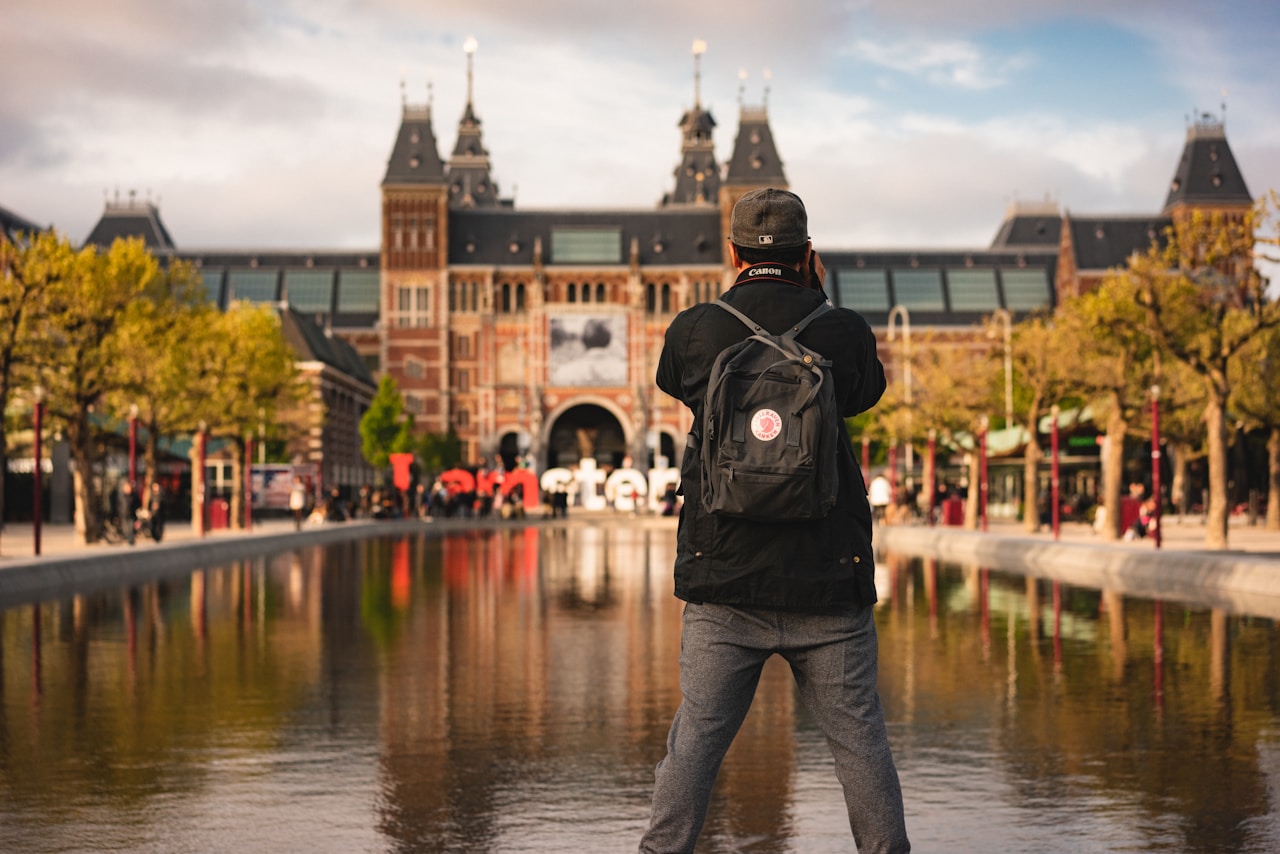
Amsterdam rewards visitors who plan according to their specific interests, whether art enthusiasts heading to Rijksmuseum or food lovers exploring De Pijp’s culinary scene.
Efficient planning involves clustering attractions by neighborhood, perhaps combining the Van Gogh Museum with nearby Vondelpark in a single day.
Strategic scheduling, such as booking Anne Frank House tickets well in advance or visiting popular attractions early morning, allows travelers to maximize their time in this compact yet culturally rich city.
Amsterdam Travel Tips for Efficient Planning

Amsterdam’s most popular museums and attractions often experience lengthy queues, making advance reservations essential for maximizing limited vacation time.
Visitors can purchase combination tickets for venues like the Rijksmuseum, Van Gogh Museum, and canal cruises to save both money and time spent waiting in multiple lines.
Strategic planning allows travelers to group nearby attractions together, creating efficient daily itineraries that reduce transit time across the city’s diverse neighborhoods.
Booking Attractions and Museum Visits in Advance
When planning a visit to the Dutch capital, securing attraction tickets in advance stands as perhaps the most essential step for an enjoyable experience.
Amsterdam’s popularity means long queues and potential disappointment without proper planning.
- Anne Frank House often sells out weeks ahead
- Rijksmuseum skip-the-line tickets save precious hours
- Van Gogh Museum requires timed entry reservation
- Canal cruises fill quickly during peak seasons
Combining Attractions for Maximum Value
Strategic exploration of the Dutch capital enhances both value and experience.
Savvy travelers combine the I Amsterdam City Card with strategic itineraries that pair neighboring attractions like the Rijksmuseum and Van Gogh Museum. Otherwise, canal cruises connect multiple destinations while offering unique perspectives.
Evening visits to museums often coincide with reduced crowds and special programming, maximizing both cultural immersion and budget.
Where To Go In Amsterdam Based on Interests

Amsterdam offers distinct experiences tailored to every traveler’s passions, from world-class museums for art enthusiasts to historic canal houses for history buffs.
Nightlife seekers will find lively scenes in areas like Leidseplein and Rembrandtplein, while those preferring relaxed exploration might enjoy the peaceful Jordaan neighborhood or Vondelpark’s green spaces.
Families can enjoy NEMO Science Museum and the Amsterdam Zoo, and couples might appreciate romantic canal cruises. Meanwhile, solo travelers can easily navigate between cultural landmarks and local cafés.
Art, Nightlife, History, and Relaxed Exploration
Every visitor to Amsterdam finds their own path through this diverse city, with attractions catering to virtually any interest. The city’s multifaceted character invites exploration tailored to personal preferences:
- Art enthusiasts gravitate to Museumplein’s world-class collections
- Night owls discover lively clubs in Leidseplein and Rembrandtplein
- History buffs explore the Anne Frank House and centuries-old canal houses
- Casual wanderers enjoy picnics in Vondelpark or canal-side cafés
Suggestions for Couples, Families, and Solo Travelers
Whether touring Amsterdam as a couple, family, or solo adventurer, tailoring the experience to specific interests guarantees a more rewarding visit.
Couples thrive in Jordaan’s intimate cafés and canal-side walks. While, families benefit from NEMO Science Museum, Vondelpark, and pancake houses.
Solo travelers connect with locals at brown cafés, explore diverse neighborhoods, or join free walking tours, Amsterdam’s compact layout accommodates all preferences.
Cultural Experiences That Define the City

Amsterdam’s rich cultural landscape emerges through its diverse culinary scene, world-class museums, and everyday interactions with locals.
Visitors can experience Dutch traditions firsthand by attending seasonal festivals, browsing neighborhood markets, or participating in canal-side gatherings.
These authentic cultural touchpoints offer travelers deeper insights into the city’s unique character than standard tourist attractions alone.
Amsterdam Culture Through Food, Art, and Local Life

Amsterdam’s cultural identity shines through its distinctive cuisine, from stroopwafels and bitterballen to hearty stamppot served in traditional bruin cafés.
The city’s artistic heritage extends beyond the renowned Rijksmuseum and Van Gogh Museum to smaller galleries and street art scenes that showcase contemporary Dutch creativity.
Visitors seeking authentic cultural experiences should wander through neighborhood markets like Albert Cuyp or Noordermarkt, where local foods, crafts, and daily Dutch life converge in lively community spaces.
Sampling Dutch Cuisine and Regional Snacks
No trip to Amsterdam is complete without delving into its distinctive culinary landscape, where traditional Dutch flavors meet international influences.
- Stroopwafels – thin waffle cookies filled with caramel syrup, best enjoyed fresh at markets
- Bitterballen – deep-fried meatballs served with mustard, a staple at Amsterdam’s brown cafés
- Herring – raw fish eaten by holding it by the tail and lowering it into your mouth
- Poffertjes – fluffy mini pancakes dusted with powdered sugar
Visiting Art Museums and Local Markets
Where the soul of a city truly reveals itself is in its cultural spaces, and Amsterdam offers an unparalleled canvas of artistic heritage and local expression.
The Rijksmuseum houses Dutch masterpieces, while the Van Gogh Museum celebrates the nation’s tortured genius.
For authentic encounters, visitors should explore the Albert Cuyp Market’s local treasures or browse the Waterlooplein flea market’s eclectic offerings.
Learning Local Traditions During Your Visit Amsterdam Trip
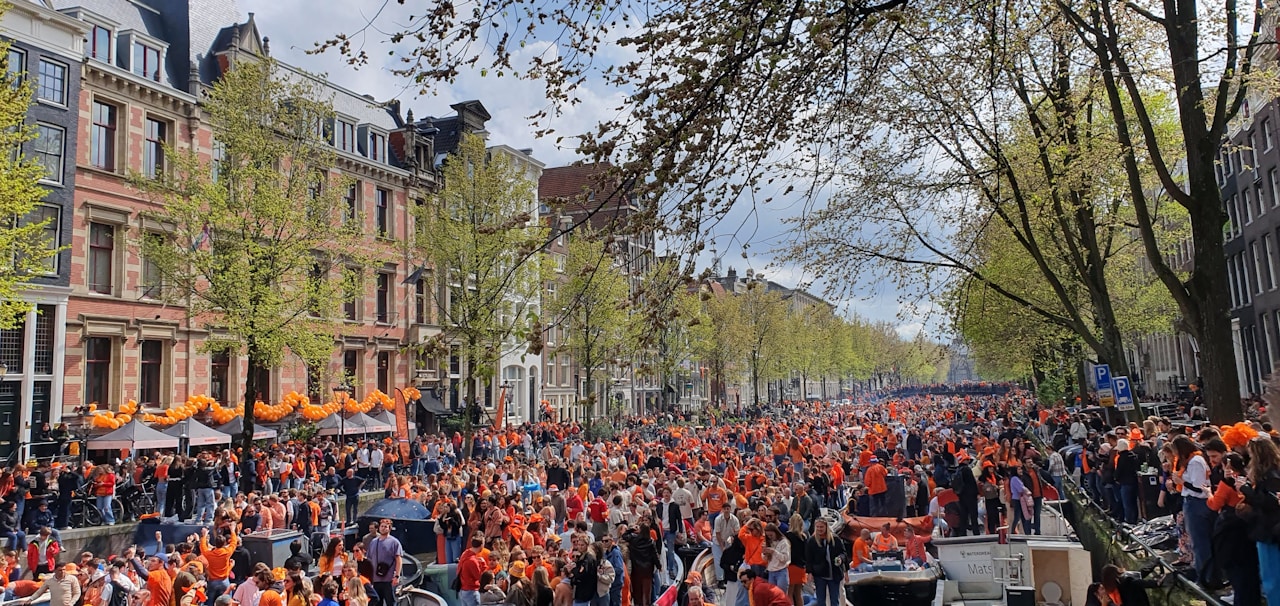
Visitors to Amsterdam benefit from learning a few Dutch phrases like “dank je wel” (thank you) and understanding the direct communication style that locals appreciate.
The Dutch calendar features lively celebrations worth planning around, including King’s Day on April 27th when the entire city transforms into an orange-clad street party.
Joining locals for traditions such as the borrel (after-work drinks with small bites) or a gezellig (cozy) gathering offers authentic glimpses into Amsterdam’s cultural fabric beyond tourist attractions.
Language, Phrases, and Cultural Norms to Know
While Dutch people often speak excellent English, learning a few local phrases and understanding cultural norms enriches any Amsterdam experience.
- Directness is valued, Dutch people appreciate honesty and straightforwardness.
- “Dank je wel” (thank you) and “Alsjeblieft” (please) earn appreciative smiles.
- Cycling etiquette is sacred, never walk in bike lanes.
- Personal space matters, queue properly and avoid loud conversations in public.
Local Holidays and City-Wide Celebrations to Watch For
Amsterdam’s calendar brims with lively holidays and festivals that showcase the city’s unique cultural identity throughout the year.
Key celebrations include King’s Day (April 27), when the city transforms into an orange-hued street party; Pride Amsterdam’s canal parade in August; and the Amsterdam Light Festival illuminating winter nights.
Museum Night in November offers rare after-hours access to cultural institutions.
Wrapping Up
Amsterdam, with its canals, culture, and contrasts, beckons visitors to experience its unique blend of history and modernity.
Beyond the stereotypes lies a city of artistic treasures, architectural wonders, and authentic Dutch moments.
Whether cycling through narrow streets or contemplating masterpieces, travelers who approach Amsterdam with respect and curiosity will find themselves embraced by a destination that rewards those who seek its deeper truths.
Most Asked Questions
What do I need to know before visiting Amsterdam?
Book popular attractions early, especially the Anne Frank House. Watch out for bike lanes — cyclists have the right of way. Most places prefer card payments. English is widely spoken, so language won’t be a barrier.
Is it rude not to tip in Amsterdam?
Tipping isn’t mandatory but appreciated. In restaurants, 5–10% or rounding up is common. In bars, leaving small change is typical. Not tipping isn’t rude, but good service deserves a little extra.
What is the etiquette in Amsterdam?
The Dutch value directness, punctuality, and personal space. Wait for everyone to be served before eating, and ask for the bill — it won’t be brought automatically.
What is considered rude in Amsterdam?
Avoid being loud in public, walking in bike lanes, or taking photos in the Red Light District. Swearing, especially using disease-related terms, is seen as offensive.
Can you drink tap water in Amsterdam?
Yes, the tap water is clean, safe, and often better than bottled water.
What not to do as a tourist in Amsterdam?
Avoid tourist traps like Damrak. Explore local neighborhoods for a better experience. Don’t rely on the Red Light District for entertainment. Cannabis is allowed in licensed coffee shops, but public use or buying from dealers is illegal.
What to do before leaving Amsterdam?
If you’ve been living there, deregister with the municipality. Cancel or transfer contracts, return your residence permit, and settle any taxes.

